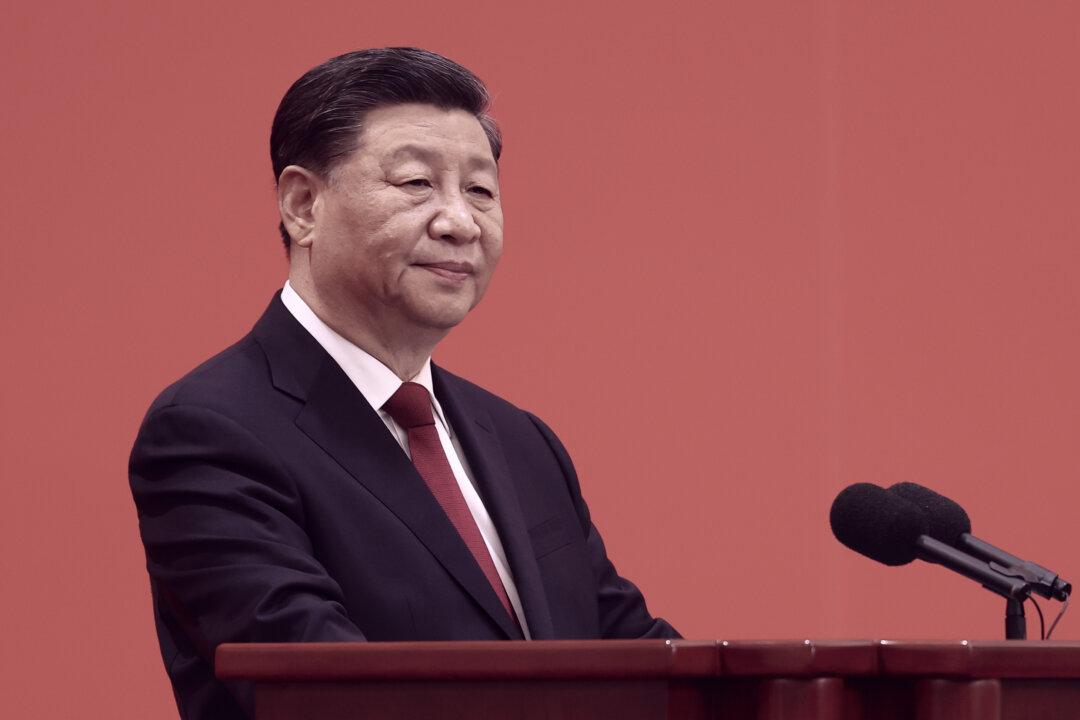Commentary
For months, China watchers have been focused like laser beams on the Taiwan Strait, with much speculation on whether and when communist China will attempt a cross-Strait invasion to “absorb” Taiwan by force into the “People’s Republic.”

For months, China watchers have been focused like laser beams on the Taiwan Strait, with much speculation on whether and when communist China will attempt a cross-Strait invasion to “absorb” Taiwan by force into the “People’s Republic.”